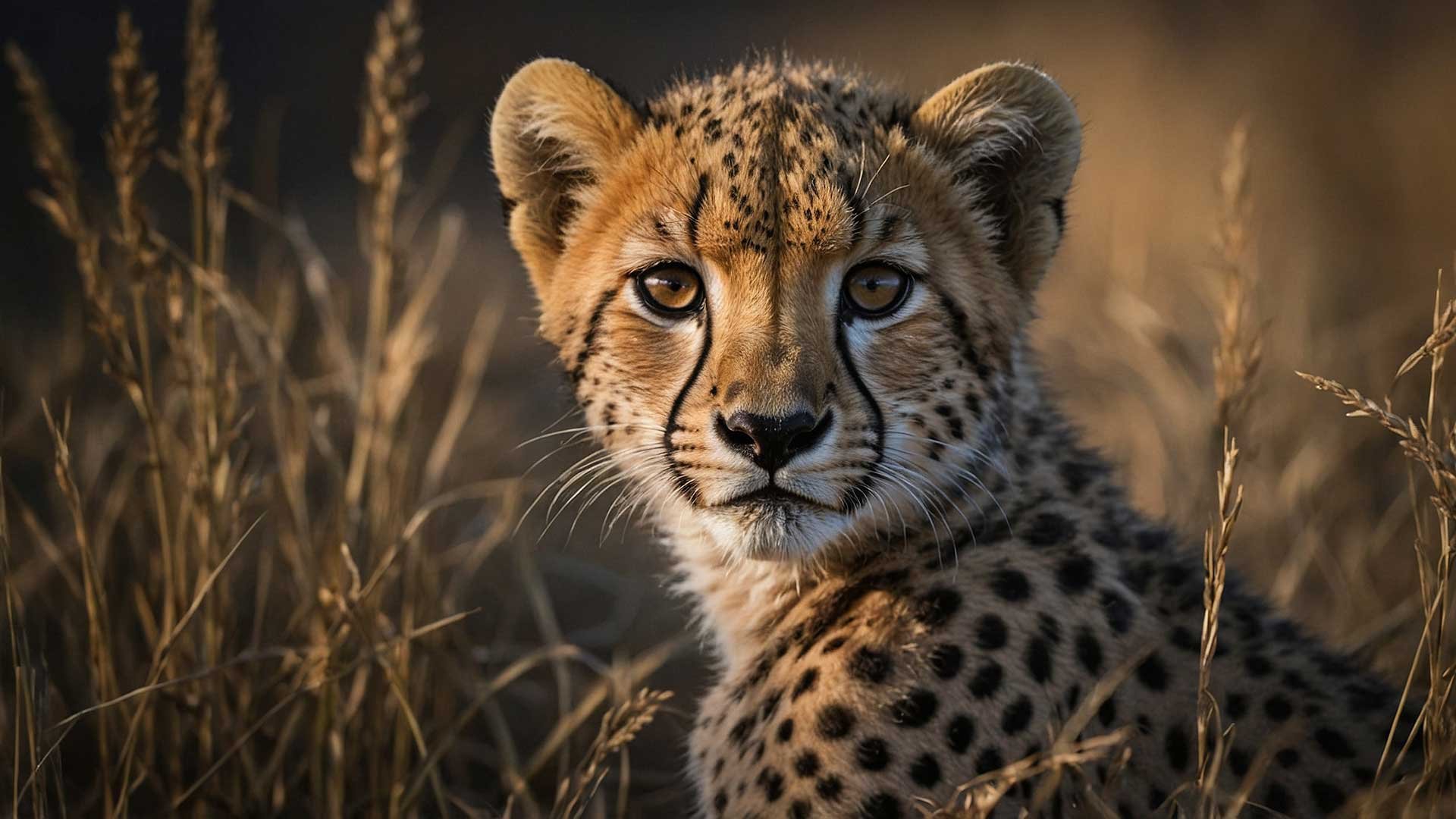Stolen Spots: The Hidden Tragedy Behind Cheetah Cubs in Cages
Cheetah cubs being stolen from their mother for sale into the pet trade ChatGPT AI
In the vast and rugged landscapes of the Horn of Africa, where acacia trees stretch skyward and the wind carries the scent of dust and life, a silent crisis is unfolding. It's not the kind you’ll see trending on social media or featured in flashy tourism brochures. It’s quieter. More brutal. And it’s costing us one of the most iconic animals to ever grace the savannas: the cheetah.
It begins not with a roar, but with a whimper.
The Stolen
Somewhere near the borders of Somaliland, Ethiopia, or Somalia, a mother cheetah watches helplessly as her cubs—still wobbling on unsteady legs—are taken. The poachers are fast, the mother faster, but bullets outrun them both. She will not survive the encounter.
Her cubs, meanwhile, are shoved into sacks, boxes, or the trunk of a smuggler’s car. Their fate? A brutal journey across borders and oceans to feed the growing demand for exotic pets—particularly among the ultra-wealthy in the Gulf states, where a cheetah cub is seen as a symbol of luxury.
What these buyers don’t see are the numbers: For every cub that survives the trip, five others die—from malnutrition, dehydration, stress, or abuse. The survival rate is shockingly low. And the suffering is unimaginable.
From Wild to Woe
These aren’t animals bred in captivity under expert care. These are wild-born cheetahs, ripped from the only home they’ve ever known and thrust into a life behind bars, chained to Instagram clout or confined to private menageries.
They don’t thrive. They decline.
Cheetahs are fragile animals—even in the wild. Their narrow genetic pool already puts them at risk, but combine that with trauma, poor nutrition, and the inability to run (which for a cheetah is like taking away a bird’s wings), and you’ve got a tragedy hidden behind a designer collar.
Veterinarians report broken limbs, spinal deformities, and muscle atrophy in trafficked cubs. Many can’t even walk properly. Some die within weeks.
But the trade continues.
A Crisis Beyond Borders
According to the recent exposé by the Daily Maverick, nearly 7,000 cheetahs have been trafficked in the last decade. And that’s just what we know about. With loose borders, corruption, and weak enforcement, the actual number is likely much higher.
This isn’t just an African problem. It’s global. The buyers may be sitting in palatial homes in Saudi Arabia, Kuwait, or the UAE—but the blood spills in Africa. And the consequences ripple far and wide.
Every cub taken weakens wild populations. Every dollar spent on a trafficked animal strengthens the networks that devastate ecosystems, exploit poverty, and corrupt local governance.
The Irony of Desire
The bitter irony? The people buying these cubs often claim to love animals.
They want the photo. The companionship. The prestige.
But love doesn’t look like a cheetah on a velvet leash. Love doesn’t come in a cage.
And real prestige? That comes from preserving the wild, not pilfering it.
Hope in the Fight
Despite the darkness, there is light.
Conservationists in Somaliland are working tirelessly to intercept traffickers and rehabilitate rescued cheetahs. Sanctuaries—underfunded but fiercely dedicated—are giving these cubs a second chance. New technologies, including AI tracking and remote surveillance, are helping identify trade routes and poacher networks.
But they need help. Your help.
What You Can Do
Speak out. Normalize not owning wild animals. Exotic pets are not cool. They are cruel.
Donate to organizations that fight wildlife trafficking and support sanctuaries for rescued cats.
Push for policy change. Demand that governments crack down on the ownership of wild animals, and that online platforms stop allowing the sale and promotion of exotic pets.
Be a responsible global citizen. Understand that every purchase, every share, every “like” has consequences. Choose to uplift conservation instead.
At Big Cat Rescue, we know that ending private ownership and human contact with big cats in the U.S. through the Big Cat Public Safety Act was just one step. But it was a powerful one. And it's one we hope other countries will follow. Because cheetahs should be sprinting across open plains—not pacing the marble floors of a mansion.
Together, we can make sure the only place a cheetah cub belongs… is wild and free.
Read more: https://bigcatrescue.org/conservation-news/cages-and-cash-the-tragic-tale-of-spains-backyard-big-cats




